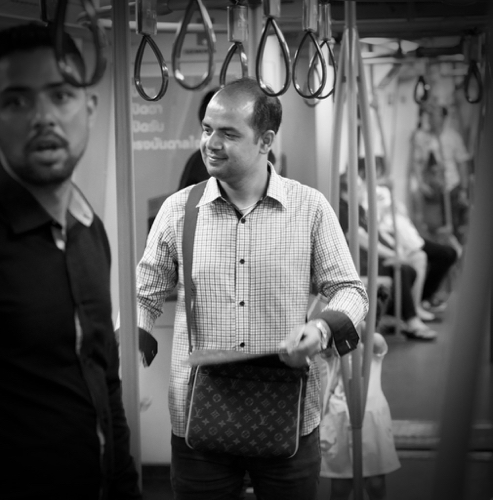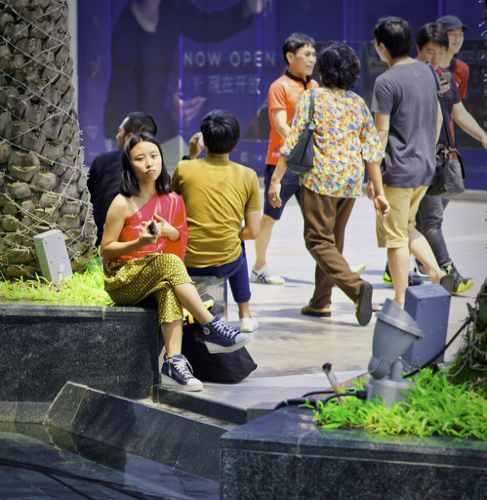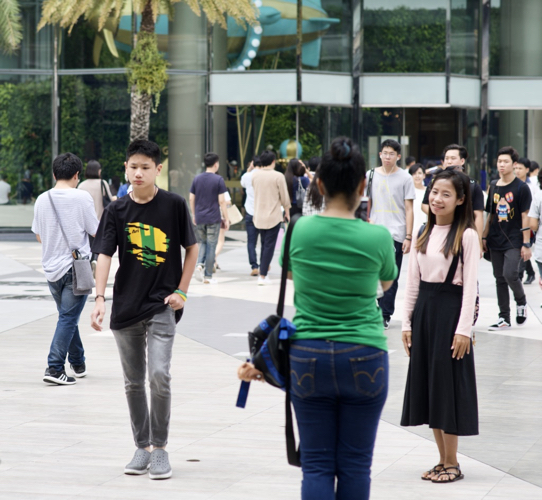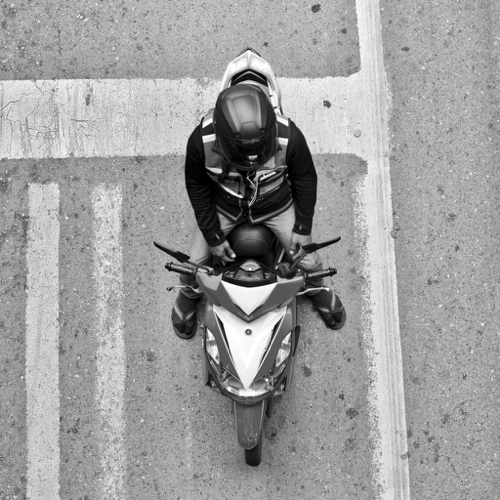|
|
eXtensions - The Wednesday File (58): Nikon D850 - A Month with the BeastBy Graham K. Rogers
In mid-April, just before the Songkhran holiday, I picked up my Nikon D850 camera from a shop in central Bangkok. I found last week that the price of the D850 has now been reduced to 110,000 baht (body only); there was also a set with a 24-120 lens at 133,300 baht. After a day or so finding my way round the camera, I started to use it and have been running it for just over a month now, still discovering new features as I go.
Early output with the D850
All of the prime lenses I use (24mm, 50mm and 85mm) work with the D850 although not all are on the approved list. I have not noticed any particular abberations with the photographs taken, so this has not been a problem. I also have an older telephoto lens with broken focussing that works reasonably well when used as in manual mode, but this is nowhere near a perfect solution and I am looking for a replacement (or will be when cashflow improves).
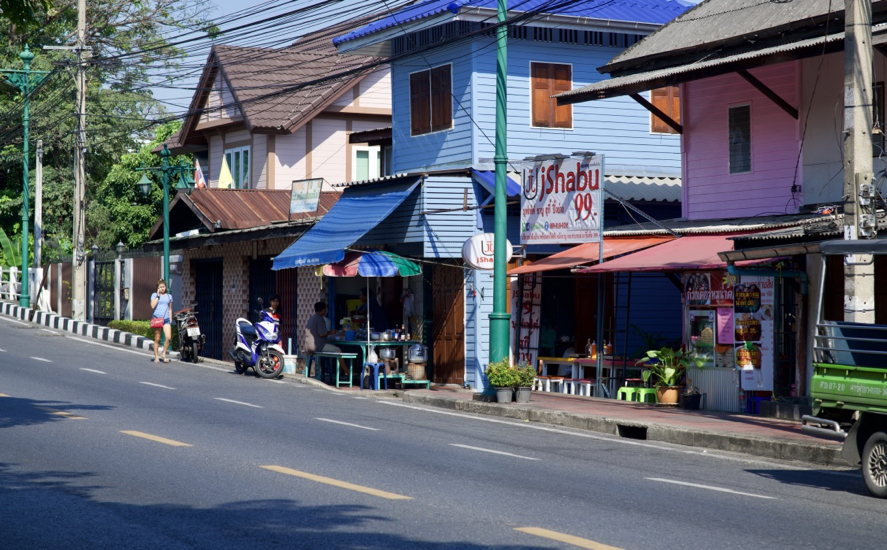
Early output with the D850
The original Nikon strap felt cheap and plasticy for such an expensive camera (in comparison to other Nikon products) so I looked around and found a nice part-leather (Aeskimo) strap for a reasonable price. It has an advantage that it does not advertise the model, which could alert some to higher cost of the camera. There were no storage cards with the camera - not even a starter SD (say 4MB). I made do with one of the SD cards from the D7000 for a few days. I did format it first just in case (see comments on Aperture below). I then tracked down a 64GB XQD card in a suburban mall that was about 1,000 baht ($30) cheaper than the city center malls were asking. Recording bursts and transferring data has seen obvious speed improvements. It took me a few days to find the card and I was disappointed that the shops selling the D850 did not have these. I have yet to find a card reader. This has determined my workflow.
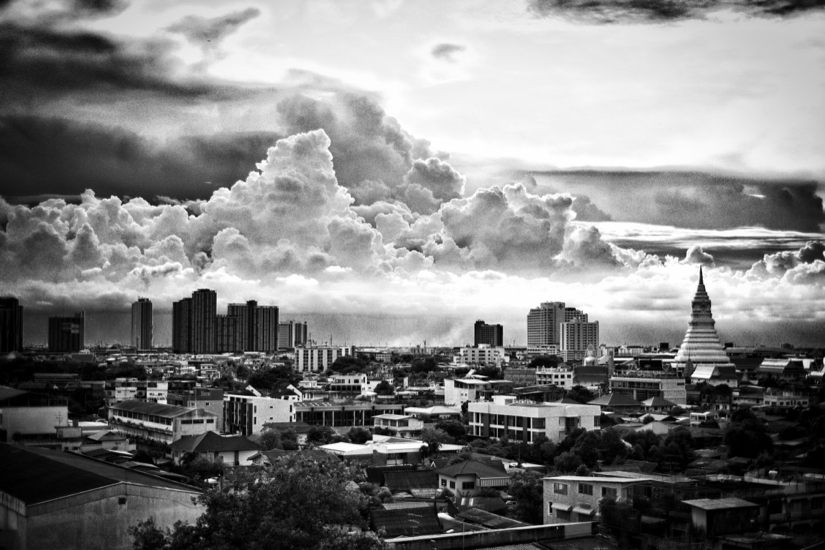
I wanted to use Aperture, as I had for the D7000 and the D70/D70DS beforehand (and for scanned film), but the application reports that the format is not supported. I guess this means that Aperture is finally out of date. I am disappointed with Apple's decision here. Lightroom does not cut it for me, Phase One has now priced itself out of my range, and the Phocus app (Hasselblad) needs a larger interface (and monitor). For the moment I am making do with Photos. This works on a number of levels, but has real shortcomings with its use (and copying) of metadata. For my basic editing needs it serves its purpose, particularly with the 3rd party plugins (extensions) that I have. I have been trying Phocus a little more of late with images stored on an external SSD drive (see below) and this is usable, but a little idiosyncratic. It also fails to display lens information in the metadata panel: even Photos shows that with its rather limited metadata displays.
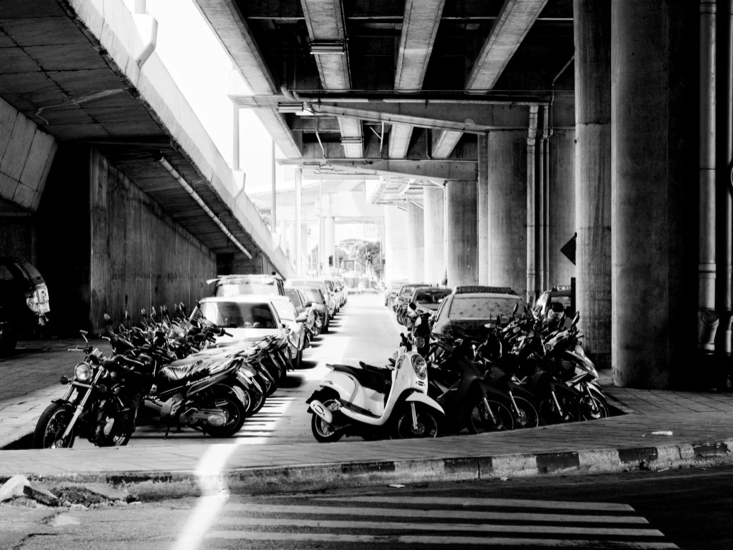
With Aperture I had also used tethering, although with the D7000 it was sometimes less than smooth, so I eventually moved to Sofortbild. The D850 does not work with this and is not in the list of supported devices. I have dropped them a note in the hopes that this could be added. There has been no response at this time. One of the main reasons for using Photos, apart from synchronisation with the iPhone and iPad, is the use of extensions. There is a similar feature on Photos on the iPhone, but edits with these apps in "More" may not carry over to the synchronised versions so are unavailable on the Mac. This is a shame as some of the apps on iOS have some super features. Photos edited using extensions in Photos are synchronised. My preferred applications here are Tonality Pro (black and white) and Luminar.
On the Nikon D850, it is possible to transfer data from the XQD card to an SD card. Once set up, it is not a long process. However, transferring card to card changes the creation date. This could have implications if such images were used as evidence (for example). Although I looked at the file metadata I could not see any sign of the original creation dates or times. For the time being, I am avoiding copying from card to card. Instead, I import all files into Photos and Export them to the SSD drive. I then edit those I want to keep and delete the others from Photos. If I do want to work again on any of the original images I did not keep in Photos, I can connect the SSD and edit in Phocus, Graphic Converter, Affinity Photo or any other suitable application I have.
The Snapbridge app will also allow sending of images from the camera to the iPhone, but this is not available for RAW images: there is a maximum of 2MP. There is a Nikon cloud option but this also restricts image size to 2MP. I have not investigated this. On the D850 the Location Data is shown in the Setup Menu. While the coordinates are reasonably accurate, Altitude may not be. I find it slightly difficult to turn the ring for selecting shoot modes (quiet, burst, manual) round the Mode dial on the left side of the camera body. Pressing the button to allow the selection while turning that ring (even slightly) takes a bit of dexterity and I am left-handed. I also find it as hard to select ISO using a button and scroll wheel on the right. I have got round this in a way by abandoning my preference for Program (P) mode and using Aperture Priority mode. I wish I had done this years ago. Selection of aperture is easy with the wheel at the front, and in this mode both ISO and time are automatic. On some shots taken in poor light, I have seen the maximum ISO of 25,600. The lowest possible is ISO 64 and I took a couple of experimental shots with this setting early on, just to see. When I used the camera one evening at home, I noticed that there a small white light by the Mode dial. That was a nice touch that I had not noticed before. Like the LED screen, which changes from white on black to black on white, this might be light activated. When I examined this small light further, I saw that several of the control buttons (Trash, Menu, OK, et al) also light up.
When I saw that focus stacking was available, this was a bonus. In a trial, I set the camera to take 100 images of a scene and pressed the Go button. It was fascinating to see the focus indicator on the lens changing ever so slightly as the process was taking place. Once I had the images I needed to convert them to TIFF (or other suitable format) to complete the process in Helicon Focus. This uses all the images and blends all the sharp areas together to produce a completely sharp image front to back. This is useful for those involved in industrial photography and I was already aware that this was used by Peter Belanger who photographs Apple's products. I am still debating with myself whether to buy a licence for Helicon Focus once the trial period is over.
In recent months, especially with the excellent output of the iPhone X, particularly when using RAW, I had taken to leaving the D7000 at home. I would take the DSLR out for specific shooting ideas, and perhaps also take along the Hasselblad medium format film camera too. Since the D850 arrived, I have been making much more of an effort to take this (and the lenses I use) out with me, even going shopping. I have been rewarded by a steady output of quite good images. Although the cost was relatively high (although I am not in Leica country) and I the credit crd is creaking a little, I am certain that I made the right decision to buy the Nikon D850. Can you imagine what the Hasselblad H6D400c MS (100mp sensor) could do? Having produced their own 45.7MP CMOS, perhaps Nikon is aiming for higher.
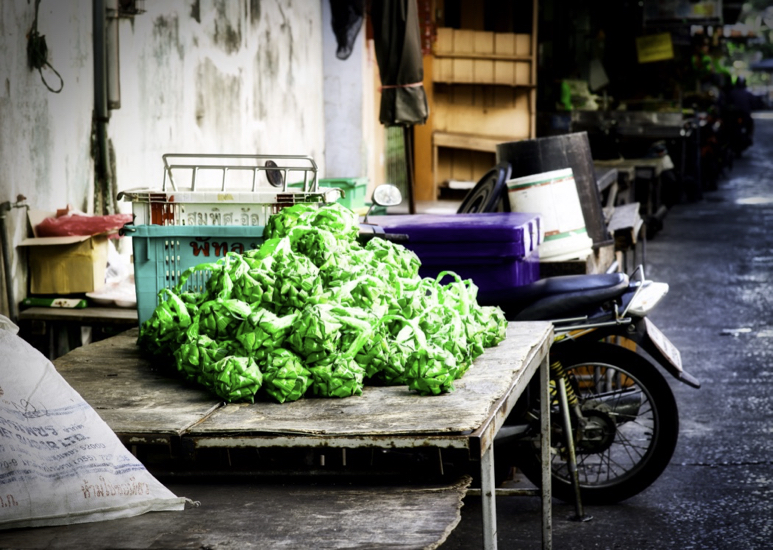
See also:
Graham K. Rogers teaches at the Faculty of Engineering, Mahidol University in Thailand. He wrote in the Bangkok Post, Database supplement on IT subjects. For the last seven years of Database he wrote a column on Apple and Macs. After 3 years writing a column in the Life supplement, he is now no longer associated with the Bangkok Post. He can be followed on Twitter (@extensions_th) |
|

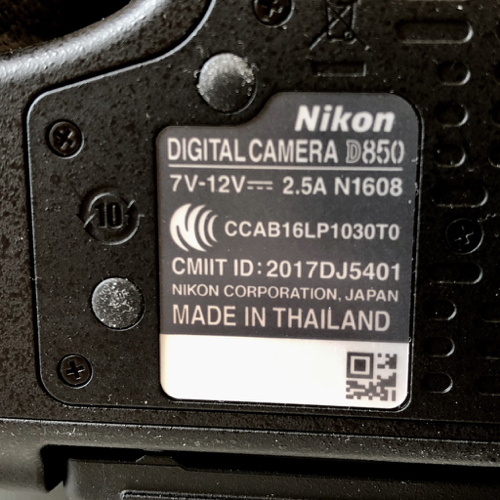
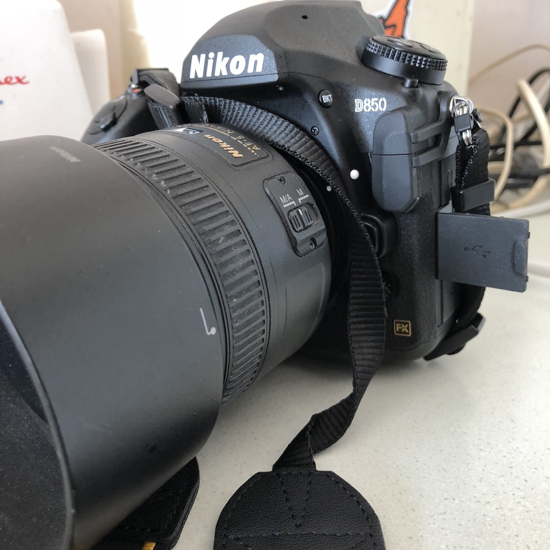
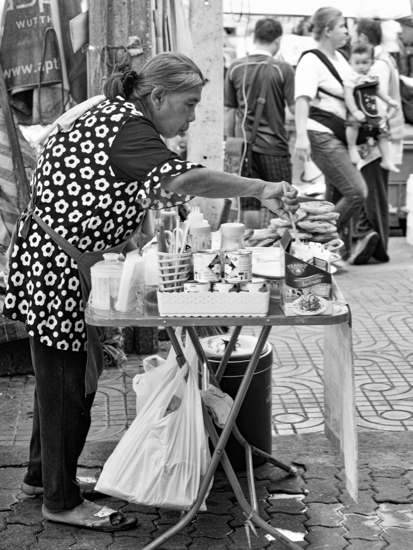
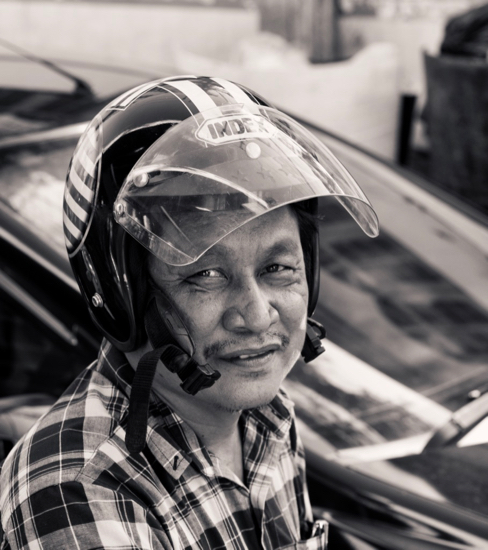
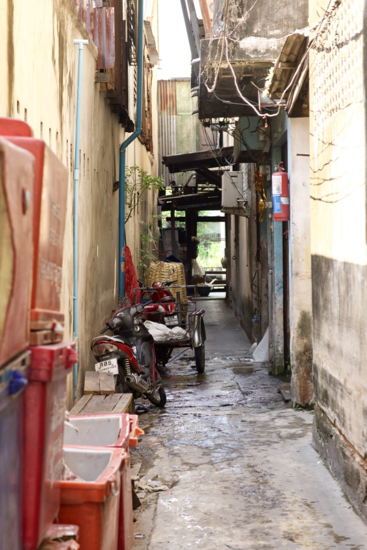
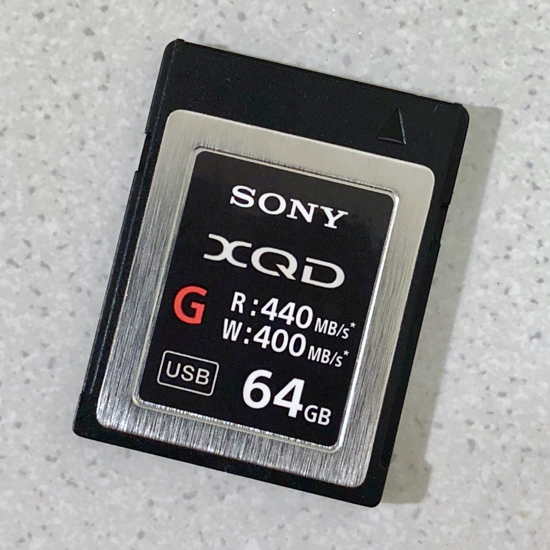 As I am using the XQD card to record data, I must connect the camera to the Mac until I can find a suitable card reader. Unlike the Hasselblad H6D50, which uses the USB-C connector, the D850 uses the mini USB. Fortunately, I have a couple of Belkin mini-USB to USB-C cables. Despite the wide use of mini-USB (many hard disks sold here have this connector), and the sale of Macs with USB-C for more than 18 months in Thailand, I have not been able to buy a suitable cable here: mine came from Amazon.
As I am using the XQD card to record data, I must connect the camera to the Mac until I can find a suitable card reader. Unlike the Hasselblad H6D50, which uses the USB-C connector, the D850 uses the mini USB. Fortunately, I have a couple of Belkin mini-USB to USB-C cables. Despite the wide use of mini-USB (many hard disks sold here have this connector), and the sale of Macs with USB-C for more than 18 months in Thailand, I have not been able to buy a suitable cable here: mine came from Amazon.
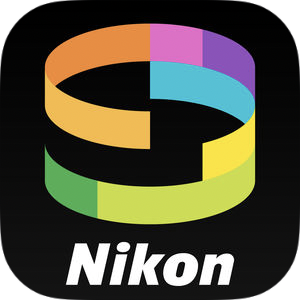 There are low (power saving), medium and high accuracy options. I have turned the camera off while using this, but so far, when I turn it back on, the location data is resumed. It does the job well, but I have to remind myself to make the connection, so sometimes if I take a couple of quick shots in the street this data is not included.
There are low (power saving), medium and high accuracy options. I have turned the camera off while using this, but so far, when I turn it back on, the location data is resumed. It does the job well, but I have to remind myself to make the connection, so sometimes if I take a couple of quick shots in the street this data is not included.
